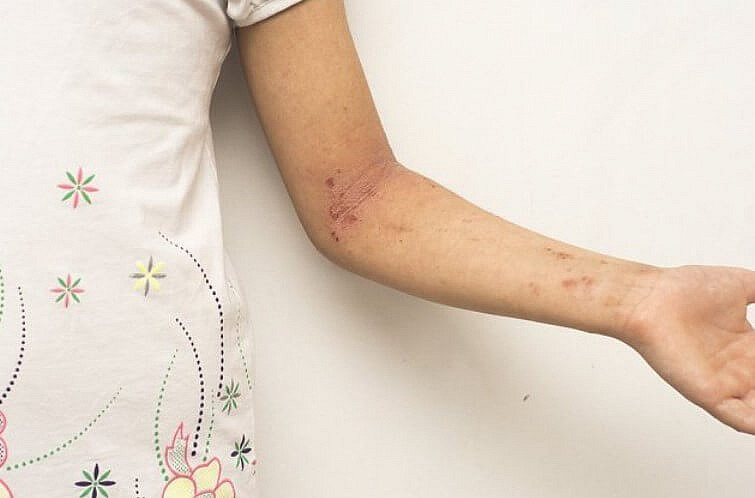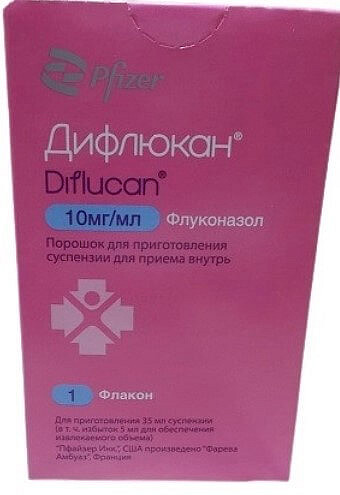Skin candidiasis: causes, symptoms, treatment

What is cutaneous candidiasis and what areas of the body does it affect?
Candidiasis of the skin is a disorder caused by the activity of Candida yeast-like fungi. These organisms are part of the natural flora of a healthy person and may be present on the person's skin in small numbers. However, their overreproduction and spread to the surface of the skin indicate the presence of malfunctions in the internal organs or systems of the body, as well as decreased immunity.
In children, candidiasis can occur during labor, when the baby is passing through the birth canal, or during breastfeeding, when the baby is in contact with the mother's skin. Food, bedding or utensils, and pets may also be sources of infection.
The state of the immune system plays a key role in the development of the infection process. The weakening of immunity leads to the fact that the activity of fungi on the surface of the skin increases significantly.
Factors that contribute to candidiasis can be divided into two main groups:
External factors
These factors help the fungal infection enter the body from outside the body. These include weather conditions, sweating, use of synthetic clothing, skin contact with household chemicals, and poor hygiene practices.
Internal factors
Internal factors that influence the development of candidiasis include the decline in the body's immune defenses in the context of chronic diseases. Therefore, it most often occurs in people who have diabetes, peptic ulcer disease, or vitamin deficiencies. People with problems in the blood, endocrine, or cardiovascular systems are also prone to candidiasis.
Candidiasis of the skin most often affects the following areas:
- Large folds of skin
- The groin area
- the corners of the mouth
- Interdigital space
- Axillae, scalp, and external auditory canals
- The buttocks and groin area of infants (called diaper candidiasis)
- Moist areas of skin that do not have access to air (usually seen in people who are lying down)

Understanding Cutaneous Candidiasis
Candidiasis of the skin is red and swollen, accompanied by a variety of rashes. Over time, confluent erosions occur, forming well-defined lesions with distinct borders. In these areas, the skin looks glossy and has a characteristic whitish plaque. Typically, the first manifestation of symptoms occurs in deep creases of the skin, such as the groin, armpits, places under the breasts in women, and the space between the buttocks.
Candidiasis may become chronic. In this case, symptoms occur as periodic flare-ups, which can occur several times a year. Chronic candidiasis is difficult to treat and can affect respiratory, digestive, and cardiovascular functions in particularly advanced cases.
Candidiasis that involves the space between the fingers is most common among preschool children and adults who engage in horticulture. Patisserie workers are also at risk. Symptoms are redness surrounded by lesions that usually affect the area between the middle, ring, and little fingers.
What to treat candidiasis at home?
Before treating candidiasis yourself, you should seek medical advice. The examiner takes the tests and uses them to determine how to treat the problem, which usually involves taking antifungal drugs. However, home-based preventive measures can also be quite effective as part of a comprehensive therapy.
Strengthening immunity
Also, before you treat candidiasis, you need to focus on strengthening the body's defenses. After all, immunocompromised white blood cells cannot effectively search for and kill pathogens such as yeast, allowing them to reproduce unimpeded. The main way to strengthen the body's defenses is the practice of healthy eating (sufficient consumption of fresh fruits, vegetables, non-fat types of meat and fish, sour-milk products and whole grains). In addition, you should avoid stress, abandon bad habits, fully rest at night and find time for sports.
Controlling blood sugar
Yeast fungi are known to feed on sugar. Therefore, candidiasis of the skin often affects people with diabetes. Consequently, blood sugar levels must be restored to normal before home candidiasis treatment can be undertaken. To do this, you should reduce the number of sweets in the diet and regularly exercise (at least half an hour, three times a week). And people with diabetes also need to take insulin in a timely manner.
Body hygiene
Personal hygiene is one of the most important preventive measures against skin diseases. Attention should first be paid to proper air circulation by avoiding tight clothing and synthetic fabrics. Wipe thoroughly after water treatments, change underwear regularly, and remove sweat-soaked clothing as quickly as possible after intense exercise. Soft detergents should be used to clean the affected areas.

